Why music really did sound better in your day (and sucks now)
Some brave South Aussie identities have revealed their top Spotify tracks for 2022, as a new study reveals why music definitely sounded better back in your day.

Entertainment
Don't miss out on the headlines from Entertainment. Followed categories will be added to My News.
If your child thinks they are the only one who has lucked out with a non-cool parent when it comes to taste in music, they’ve got it all wrong.
New research shows that while a person’s ethnicity, social class and personality type can distinguish individual music tastes, it’s age – and nostalgia – that has the biggest influence.
Adelaide-based senior marketing scientist Bill Page says a study of more than 1000 people, aged between 18 and 84, that involved them listening to and rating snippets of popular songs dating back to 1950 has exposed some interesting findings.
“Everyone has the same tendency to stop liking new music – it is natural human behaviour,” Dr Page, who is from the world’s largest institute for research into marketing, the Ehrenberg-Bass Institute within UniSA, said.
“What this study shows is, it is not your parents who are being specifically awful in not liking your music but that we are all awful in our own ways … it is almost like we have a critical period for liking new music, or discovering new music.
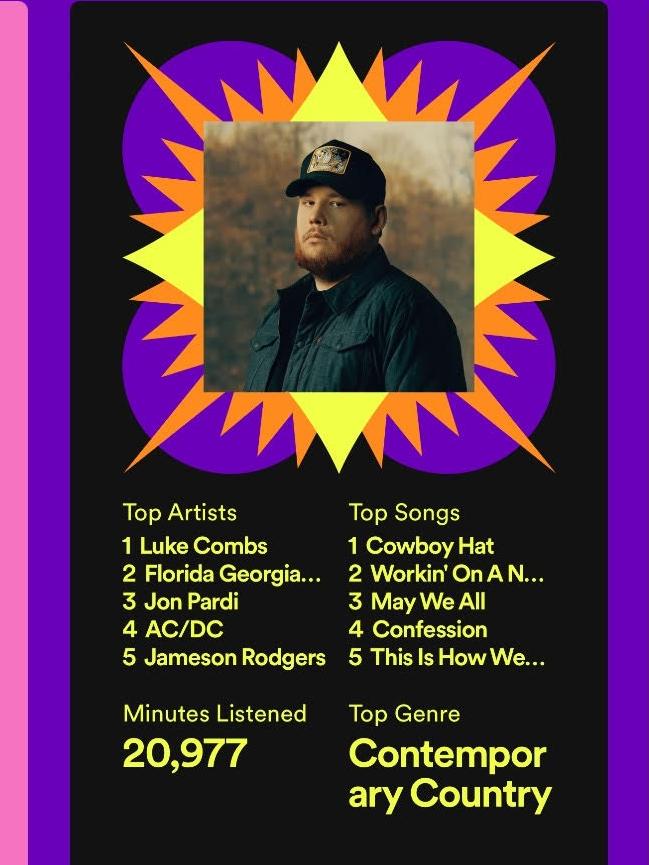
“(This) peaks around the end of childhood and declines after that … the music that came out and you were listening to aged between 17 and 20 remains the stuff you like the most – music that comes out after you turn about 35, you like less and less.”
So, whether you are 30 or 70, it’s the song from your 20s that will likely remain top of your playlist into your 90s.
To conduct the research participants were provided 30-second snippets of “Top 10” songs that spanned almost seven decades, heard in random order.
Songs included Play a Simple Melody (Bing and Gary Crosby, 1950), I Get Around (Beach Boys, 1964), Crazy Little Thing Called Love (Queen, 1980), Footloose (Kenny Loggins, 1984) Sweet Child O’ Mine (Guns N’ Roses, 1988) Vogue (Madonna, 1990), Under the Bridge (Red Hot Chili Peppers, 1992) Say My Name (Destiny’s Child, 2000), Sexy Back (Justin Timberlake, 2006) and Work (Rihanna, 2016).
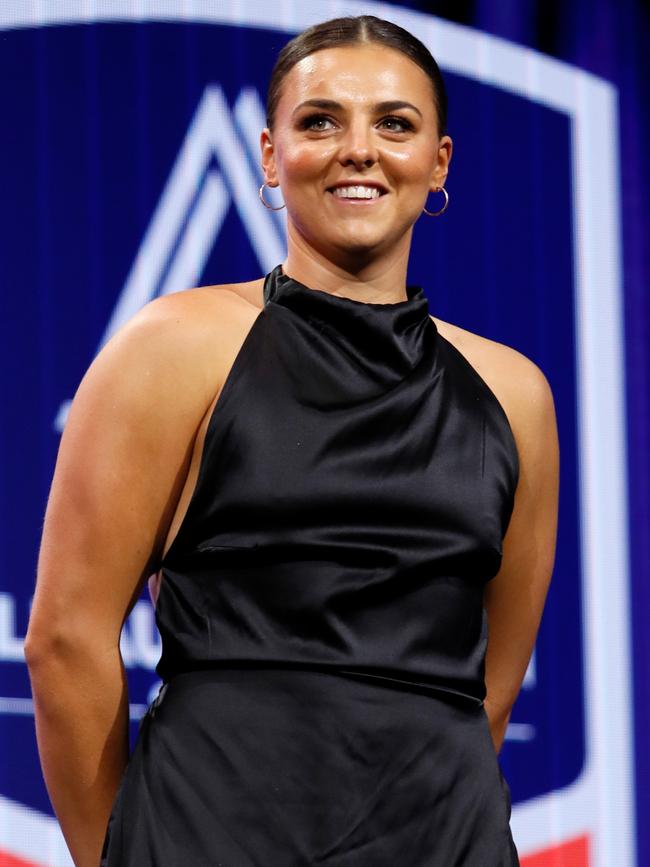
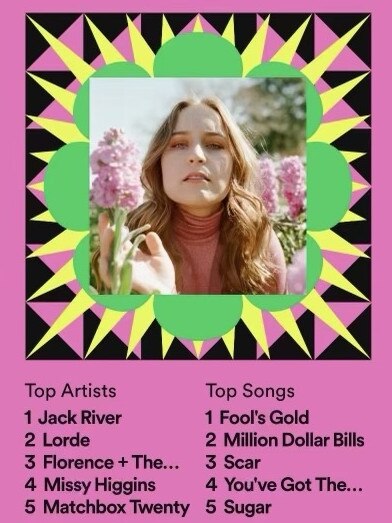
“We chose songs from every second year of Top 10 lists but didn’t include the most popular of any year – that is, the top three songs,” he said.
“Each song was trimmed to a 30-second clip that had the verse and chorus of the song, so it was recognisable and people could skip the song after 10 seconds.
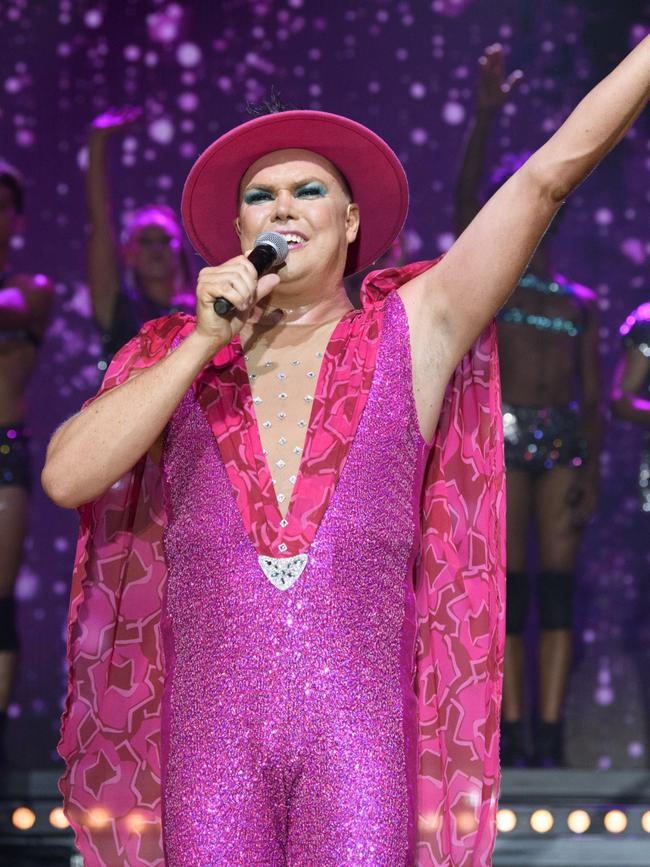
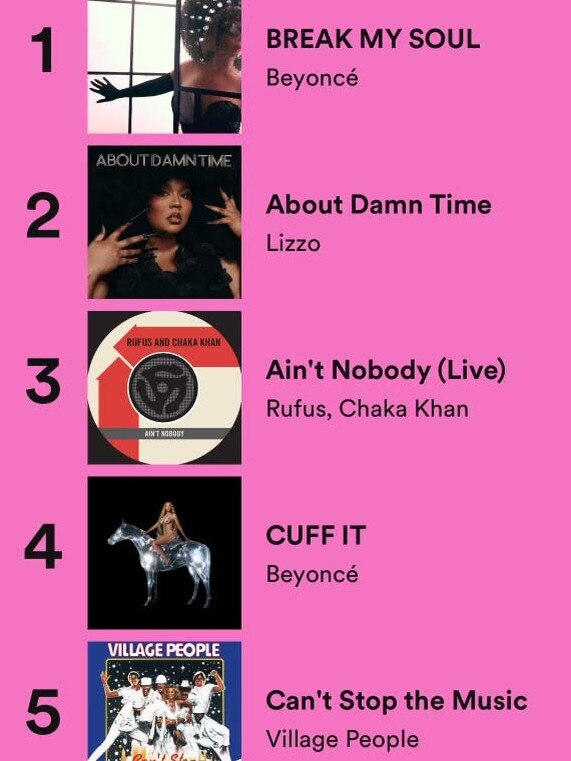
“They rated each song on a scale from 0-10, and we stretched and quashed – standardised – the scores to map everyone’s highest rated song … so we could make comparisons between people.”
The study revealed that while older generations can’t take to the music of younger generations, the same isn’t the case vice versa.
“What is really interesting is the pattern doesn’t apply to the music that came out before you were born,” Dr Page said.
“So, you can still introduce your kids to old music, it’s just that you can’t introduce your parents to new music.”

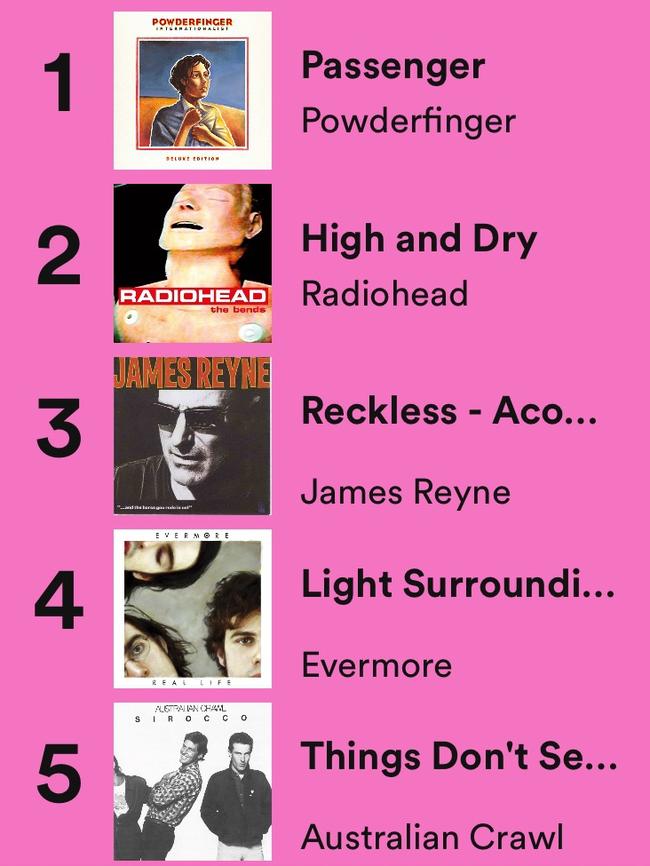
Can frogs stomp their way to top of the charts?
By Nathan Davies
The team behind an album of bird songs which almost took out the number one position on the ARIA charts last Christmas are having another crack – this time with frogs.
Australian Frog Calls: Songs of Disappearance features the calls of 43 of Australia’s most threatened frogs, and its creators are hoping it can replicate the incredible success of last year’s Songs of Disappearance birdsong record, which reached number two nationally.
Popular blog The Music gave it four-and-a-half stars and published a review consisting entirely of bird calls.
Album producer and Charles Darwin University PhD candidate Anthony Albrecht said the decision to make another album was an easy one.
“Following the success of the Songs of Disappearance bird songs album in 2021, the Bowerbird Collective was keen to follow up with an even more outlandish idea,” Mr Albrecht said.
“We felt that getting croaking frogs to the top of the ARIA charts in the name of conservation would be a great goal for the project’s second year.
“One in six of Australia’s frogs are threatened, and we have lost several species to extinction in recent decades due to chytrid fungus, climate change and habitat loss.”
The album, which can be purchased at songsofdisappearance.com, features calls from some of our most threatened frogs, including the spotted tree frog, the yellow-spotted bell frog and the Mountain Mist Frog.
Sadly, there are also several calls of extinct frogs, including the southern and northern gastric brooding frogs.
“Hearing these solemn croaks on the album, which will never be heard in the wild again, is very moving,” Mr Albrecht said.
TOP FIVE FROG SONGS
Peace Frog – The Doors
Joy to the World (Jeremiah Was A Bullfrog) – Three Dog Night
Kiss That Frog – Peter Gabriel
Frogs ¬ Alice In Chains
Galumph Went the Little Green Frog – The Wiggles
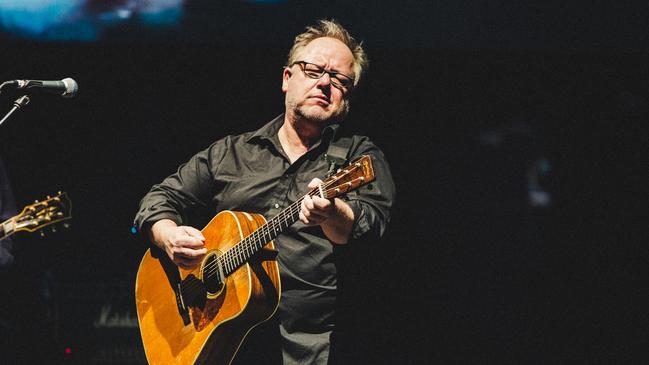
Going off with The Pixies
By Nick Ryan
Every life has markers, something to identify the significant points along the path from uterine warmth to cemetery cold.
November 9, 1983 is one of mine.
It was a Wednesday, a school night, and instead of being tucked up at home, I was on the consecrated couch grass of Adelaide Oval waiting for the Thin White Duke.
I badgered my father so I could be there, but it didn’t take much. It was his love of David Bowie’s music that had seeded mine.
I had hoped the Kiss tour a couple of years earlier would deliver my first concert, but a bunch of blokes in make-up spitting fake blood and fire wasn’t the kind of thing for which Dad would make the drive down from Port Augusta.
But Bowie was a very different proposition.
That’s how I found myself, a 12-year-old in a Simpson tracksuit and Dunlop Volleys, making my way to the front of the stage while the support act, The Models, told the crowd through song that their sensitive ears could hear motion.
The good thing about being a kid at a concert is nobody minds you edging your way to the front.
For two hours, from Look Back in Anger and Heroes to The Jean Genie and Let’s Dance, I stood three feet away a golden idol, so open mouthed with awe he probably could’ve looked down my throat and watched my kidneys dancing.
I was transported.
Transformed.
I didn’t once stop to consider how I’d find my dad in the crowd once it was all over. I didn’t want to contemplate that it might end.
I can still remember the feeling, even though I’m resigned to the fact the wonder bestowed on the kid becomes reheated leftovers when dished up to the middle-aged man.
But I can live vicariously through others.
So last Thursday I got to take my eldest to her first big gig.
After a few hours warming up at the same venue Bowie had played 39 years and one month before, I took my 14-year-daughter to see The Pixies play the dear old Thebarton Theatre.
Safely ensconced in the dress circle – my daughter would rather her dad walked her into class wearing a Glad-Wrap g-string than drag her into a mosh-pit of boozy adults – I got to have a concert experience unlike any other I’d had before.
It might just be the best yet.
Her excited shimmy in her seat when they played something she knew.
Gigantic and Here Comes Your Man really got her going.
The eye-roll that came paired with a slight smile as I shouted along to the lyric in Nimrod’s Son that goes “You are the son of a motherf-----”
The moment we both realised we were tapping the other’s leg in time to the beat.
The 10 minutes towards the end where she let me put my arm around her without shrugging it off in shame.
And the way a couple of her late mother’s old friends got the slightest bit teary when they saw their old gig-going buddy living on so clearly in her.
About halfway through, The Pixies played one of their greatest songs, a tune that asks the question, “Where is my mind?”
Singing along to that song reminded me it’s a question I can rarely answer myself, but if anyone wanted to know the whereabouts of my heart I could’ve just turned beside me and said, “With her.”



